Africa is a treasure trove of unique and vibrant textiles. These fabrics, each with its own distinct history and significance, have been integral to the identity of various African communities for centuries. We explore the top 10 African textiles that captivate the world with their beauty and craftsmanship.
Kente Cloth (Ghana)
Kente, one of Africa’s most iconic textiles, originates from the Akan people of Ghana. This colourful fabric, traditionally woven on narrow looms, is known for its vibrant hues and intricate patterns. Each Kente cloth design carries a specific meaning, often reflecting proverbs, historical events, or the weaver’s personal sentiments. Once reserved for royalty, Kente is now worn during important ceremonies and celebrations, symbolising wealth, status, and cultural pride.
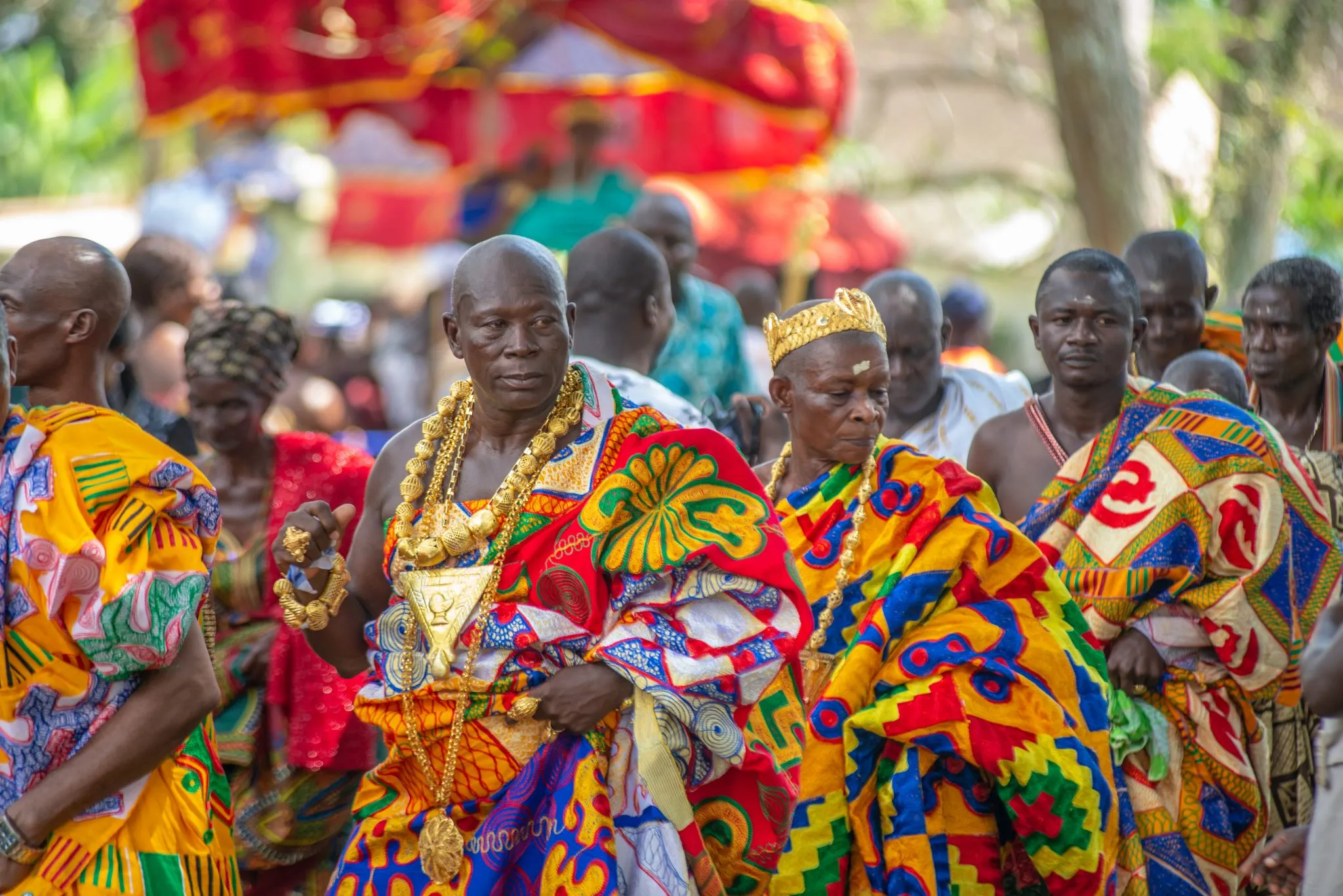
Bogolanfini (Mali)
Bogolanfini, also known as Mud Cloth, is a handwoven fabric from Mali, made by the Bambara people. The name “Bogolanfini” translates to “mud cloth” in the Bambara language, referencing the dyeing process that involves fermented mud. The resulting fabric features striking, earthy patterns that are rich in symbolism, often representing historical narratives, societal roles, and personal stories.
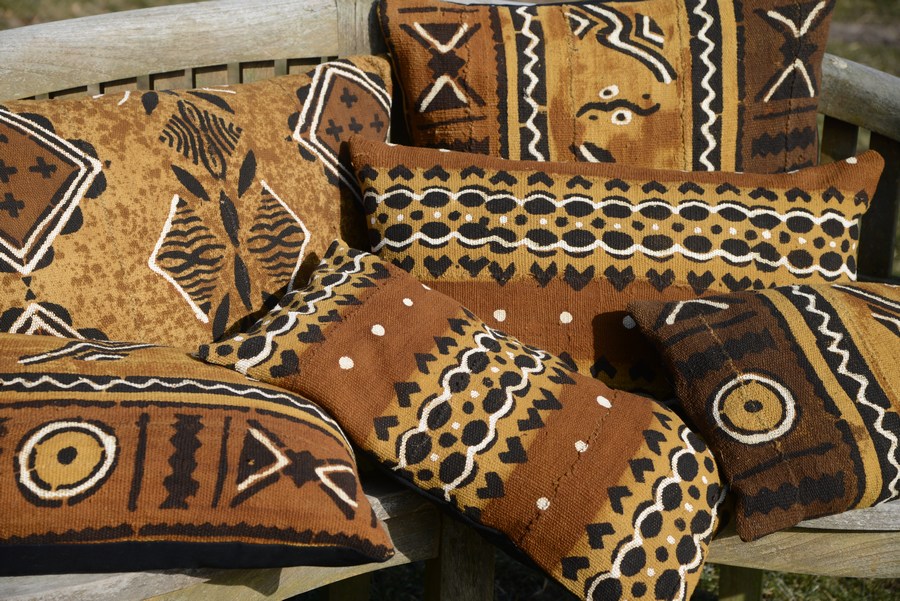
Shweshwe (South Africa)
Shweshwe, a distinctive fabric originating from South Africa, is known for its intricate geometric patterns and deep indigo colour. Introduced to the region by European settlers in the 19th century, Shweshwe was quickly embraced by local communities and became a staple in traditional clothing. Today, it is widely used in contemporary fashion, symbolising South African heritage and cultural identity.

Adire (Nigeria)
Adire is a traditional Yoruba textile from Nigeria, created using a resist-dyeing technique. The fabric is made by folding, tying, or stitching the cloth before it is dyed, resulting in stunning patterns that range from simple to highly intricate designs. Adire is often worn during cultural events and is a symbol of Yoruba artistry and ingenuity.
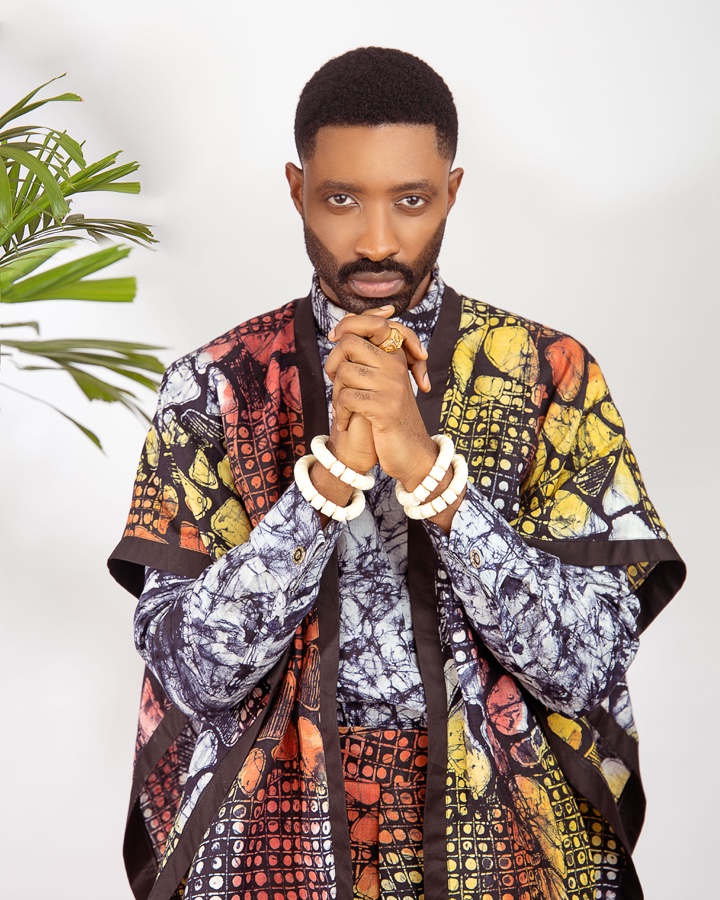
Kuba Cloth (Democratic Republic of the Congo)
Kuba cloth, from the Kuba people of the Democratic Republic of the Congo, is a unique textile made from raffia palm fibres. The fabric is known for its bold, geometric patterns, which are meticulously handwoven and embroidered. Kuba cloth has deep cultural significance, often used in ceremonies and as a status symbol.
Kanga (East Africa)
Kanga, a vibrant and versatile textile, is a staple in East African culture, particularly in Kenya and Tanzania. These rectangular cloths are often adorned with bold, colourful patterns and Swahili proverbs or messages. Kangas are used in various ways, from clothing to home décor, and hold cultural and social significance. The messages on Kangas often convey wisdom, humour, or sentiments, making them an essential part of everyday life in East Africa.
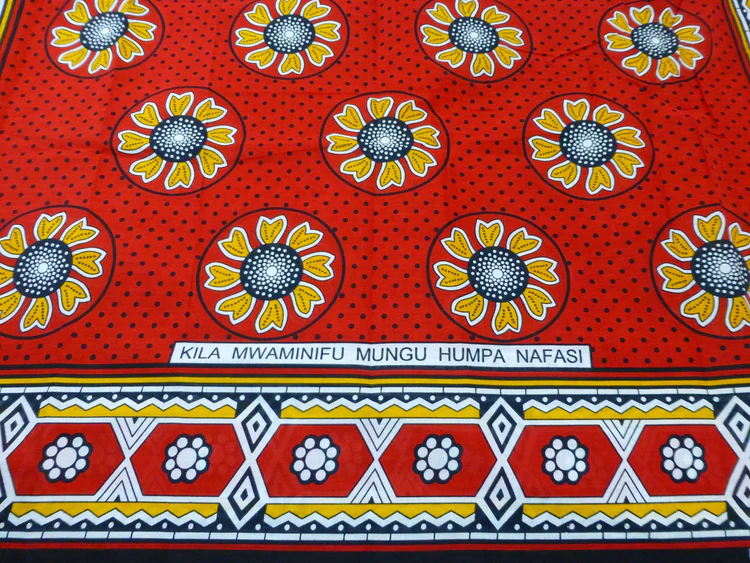
Aso Oke (Nigeria)
Aso Oke, meaning “top cloth” in Yoruba, is a handwoven fabric from Nigeria that is traditionally worn during special occasions. This fabric, made from cotton or silk, is known for its rich textures and vibrant colours. Aso Oke is often used to create elaborate garments, such as the agbada and gele, which are worn during weddings and other significant events. The fabric symbolises wealth, status, and cultural heritage.
Baoule Cloth (Ivory Coast)
Baoule cloth, also known as Baule cloth, hails from the Baoule people of Ivory Coast. This handwoven fabric is characterised by its colourful stripes and intricate patterns. Baoule cloth is traditionally used in ceremonial attire and as a symbol of status and wealth.
Toghu (Cameroon)
Toghu, also known as Atoghu, is a royal fabric from the Grassfields region of Cameroon. This fabric is traditionally worn by the nobility during important ceremonies and is distinguished by its bold, embroidered designs on a dark velvet background. Toghu has become a symbol of Cameroonian cultural identity and is increasingly being embraced in modern fashion.
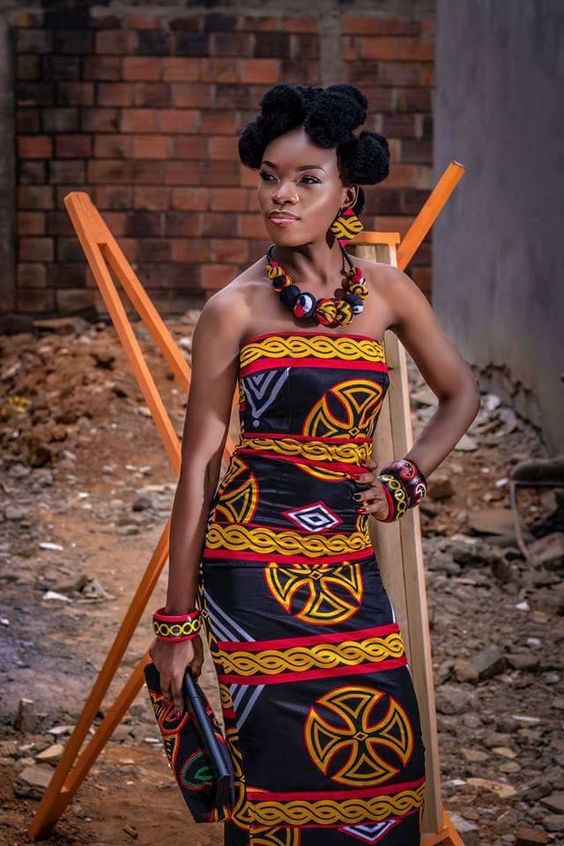
Barkcloth (Uganda)
Barkcloth is an ancient textile from Uganda, made from the inner bark of the Mutuba tree. This eco-friendly fabric is beaten and softened to create a supple cloth that is traditionally used in ceremonies and as a symbol of respect for the deceased. Barkcloth has gained attention for its sustainable production process and is being used in contemporary fashion and design.
Whether you’re a fashion enthusiast or a lover of culture, these top 10 African textiles are a testament to the continent’s unparalleled artistry and craftsmanship.

